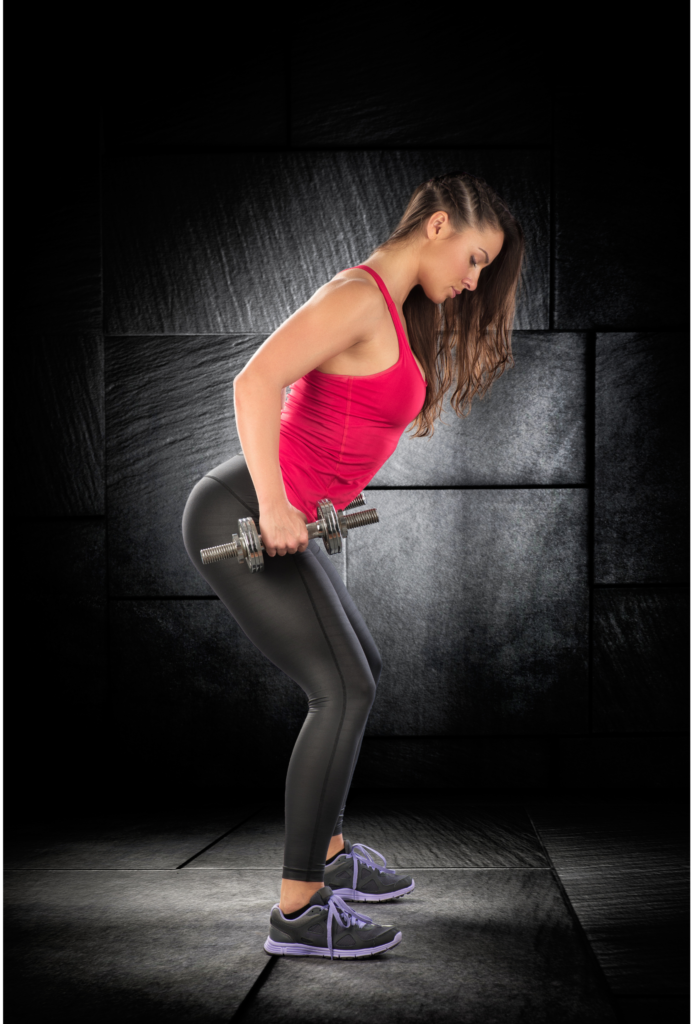The upper back, often neglected in favor of more visible muscle groups, plays a crucial role in overall strength, posture, and preventing injuries. However, for beginners, knowing where to start with upper back strength training can be a challenge. This guide aims to break down the essential exercises and techniques to help beginners effectively train their upper back.
Understanding the Upper Back
Before diving into the exercises, it’s essential to understand the upper back’s anatomy. The upper back consists of several key muscles, including the trapezius, rhomboids, and rear deltoids. Strengthening these muscles not only improves posture but also provides a solid foundation for more advanced strength training.
Why Upper Back Strength Matters
- Posture: A strong upper back supports better posture, reducing the risk of pain and injury.
- Balance: Focusing solely on the chest and arms can lead to muscular imbalances. Strengthening the upper back ensures a well-rounded physique.
- Injury Prevention: A strong upper back is crucial for stability during weightlifting, reducing the risk of injury.
Essential Upper Back Exercises for Beginners at Home
1. Bent Over Dumbbell Rows

- How to: Stand with your feet shoulder-width apart, knees slightly bent. Hold a dumbbell in each hand with palms facing inward. Hinge at the hips, keeping your back straight. Pull the dumbbells towards your hips, squeezing your shoulder blades together. Lower the dumbbells back to the starting position.
- Reps and Sets: Complete 3 sets of 10-12 reps.
2. Superman

- How to: Lie face down on the floor with your arms extended in front of you. Lift your arms, chest, and legs off the ground simultaneously, aiming to create a “U” shape with your body. Hold the position for a moment, then return to the starting position.
- Reps and Sets: Complete 3 sets of 12-15 reps.
3. Resistance Band Pull-Aparts

- How to: Stand with your feet shoulder-width apart, holding a resistance band in front of you with straight arms. Pull the band apart, squeezing your shoulder blades together. Slowly return to the starting position.
- Reps and Sets: Complete 3 sets of 12-15 reps.
4. Inverted Bodyweight Rows
- How to: Set up a bar or a sturdy rod at waist height. Lie underneath it, holding it with an overhand grip, palms facing away from you. Keep your body straight and pull your chest towards the bar, squeezing your shoulder blades together. Slowly lower yourself back to the starting position.
- Reps and Sets: Complete 3 sets of 10-12 reps.
Tips for Success
- Focus on Form: Proper form is crucial to prevent injury and maximize results. Always prioritize form over quantity.
- Progress Slowly: Begin with easier variations or lighter resistance to perfect your form before increasing the difficulty.
- Warm-Up: Warm up your muscles with five to ten minutes of light cardio before starting your workout.
- Rest and Recovery: Allow your muscles at least 48 hours of rest before training the same muscle group again. Muscles grow during rest, not during exercise.
- Stay Consistent: Consistency is key. Aim for at least two upper back workouts per week to see progress.
Sample Beginner Upper Back Workout Routine at Home
- Bent Over Dumbbell Rows: 3 sets of 10-12 reps
- Superman: 3 sets of 12-15 reps
- Resistance Band Pull-Aparts: 3 sets of 12-15 reps
- Inverted Bodyweight Rows: 3 sets of 10-12 reps
A strong upper back is vital for overall health and fitness. By incorporating these beginner-friendly exercises into your routine, you’ll improve your posture, reduce the risk of injury, and lay the foundation for more advanced strength training.
Remember to focus on form, progress gradually, and stay consistent. With dedication and patience, you’ll soon enjoy the benefits of a stronger, healthier upper back.


